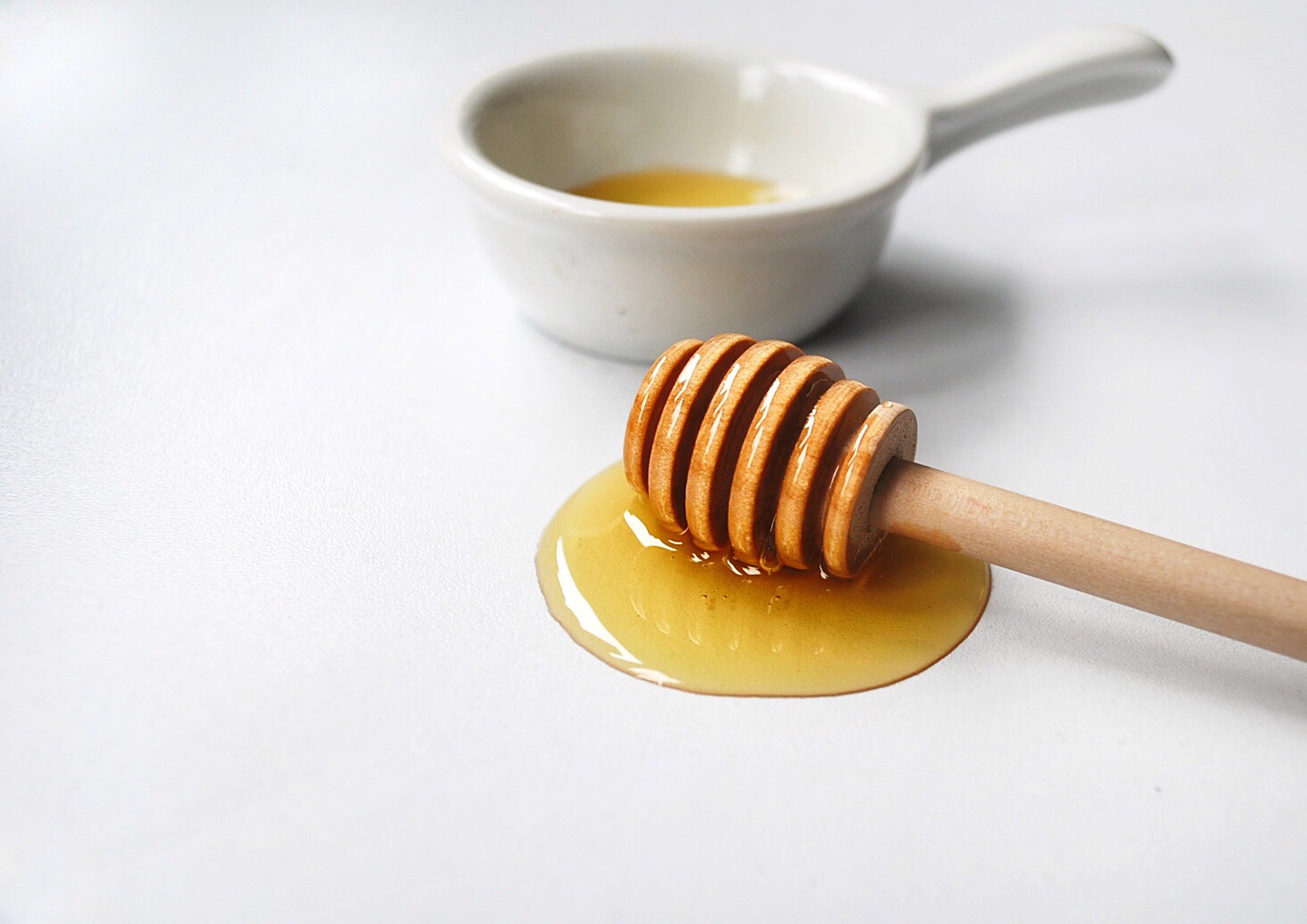
Curious about the health benefits of honey? Don’t know your clover from your manuka? We’ve got the lowdown.
Recently, while walking through my local big-box warehouse club—the kind of place with family-size boxes of granola and bales of toilet paper—I stumbled across something I didn’t really expect to see: A $40 jar of manuka honey from New Zealand.
I’d never heard of manuka honey, and the price made me hesitate, but I was curious. I love honey, whether it’s in green tea, on toast, or in switchel—and, as it happened, I’d just run out at home. So, on impulse, I bought it. And then I made a beeline (ha ha) for home and the Internet to learn more.
Along the way, I fell down the rabbit hole (or hive, or whatever). I promise, no more bee jokes. Here are five surprising facts about the sweet stuff.
1. It (usually) never goes bad
It’s not just a myth: Turns out honey’s chemical makeup enables it to stay edible indefinitely in its raw state, as long as it’s sealed and in an non-humid environment. Archaeologists have even found honey preserved in Egyptian tombs. (What do we mean by “raw”? We’ll get there. Hang on.)
2. It has a ton of health benefits—and one drawback
Honey is naturally antimicrobial. It contains trace amounts of hydrogen peroxide, and it’s been used for centuries to heal wounds—and, in fact, still is. It’s effective, too: It’s been shown to stimulate the immune response and suppress inflammation, and even works on burns. It can also soothe throats—hence all those honey throat lozenges at the drugstore—and, because of its high levels of antioxidants, also holds promise as a potential anti-cancer agent. It’s even been said that eating local raw honey that contains bee pollen can help treat allergy symptoms, although the jury’s still out on that.
The downside: Honey contains quite a bit of sugar, so if you’re trying to cut down, think twice about consuming mass quantities.
3. The raw and the cooked
While there’s no official definition of raw honey, it’s generally described as unprocessed and unpasteurized. It contains bee pollen, said to have a host of health benefits. Commercial honey—the kind you’ve probably seen in that little bear at the grocery store—is often filtered and pasteurized. Some sources claim that heating honey destroys its antioxidant and antimicrobial properties—although we should note that the National Honey Board disagrees.
Another sticking point*: Commercial honey may be counterfeit. In fact, it’s the world’s third-most-faked food, according to Larry Olmsted, the author of Real Food, Fake Food. Olmsted says it may be mixed with corn syrup or other substances to increase profit margins.
So how can you know that you’re getting the real deal? I say: Know your producer. If possible, buy from your local beekeepers (shoutout to mine, the Essex County Beekeepers Association), and stick with the raw variety, as long as you’re not allergic. I also personally prefer the taste of raw creamed honey. It’s—what else—creamier and more complex, and perfect on toast.
*No more bee jokes. I swear.
4. The plant may affect the color and flavor
You’ve probably seen dozens of different types of honey out there—clover, buckwheat, eucalyptus, and more. What’s the difference? Put simply, the type of honey indicates the type of plant the bees gathered the nectar from. Clover honey, a popular variety, has a mild flavor and is often used in baking.
The type of plant can impact the color and flavor, too. For example, orange blossom honey really does taste like oranges, because the hives are placed within citrus groves during the blooming period.
And have you heard the one about the Brooklyn bees and the maraschino-cherry factory? Trust me, the story gets weirder.
5. What’s the deal with manuka honey?
Manuka honey—my $40 splurge—may seem like a fad (and maybe it is!), but it’s also different from other honey varieties. For one thing, it’s made from the nectar of the manuka tree, which flowers for just a few weeks a year in New Zealand. And while most honey is antibiotic, manuka honey contains methyglyoxal, which is said to have a stronger antibiotic effect, although there’s no conclusive evidence…yet. You can even buy bandages embedded with manuka honey.
Interestingly, manuka honey producers have created a scale to rate the potency of manuka honey, called UMF—Unique Manuka Factor. Reportedly, manuka honey needs a rating of 10 UMF to be therapeutic. (The one from my big-box store…is 5. Whoops.)
Because it’s so popular, it’s often counterfeit or adulterated with other substances. One British supermarket chain even keeps its manuka honey in plastic security boxes because it’s frequently shoplifted. And recently, Trader Joe’s was named in a class-action lawsuit—the chain is accused of cutting its store-brand manuka honey with other varieties.
But how does it taste? Here’s my report: It’s darker and earthier, kind of like molasses, and, like all honey, excellent on toast. (But what isn’t, really.)
So that’s my sweet story. Enjoy your taste-testing, and have a glass of manuka honey lemonade for me.



